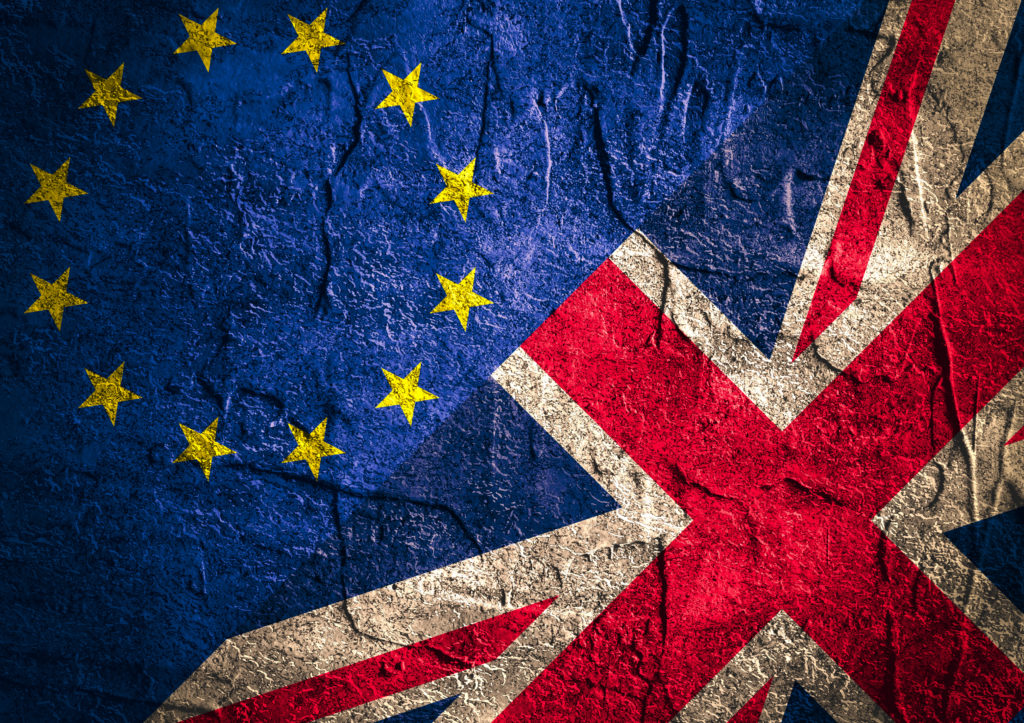
With Brexit never far from the headlines, we explain what a “no deal” Brexit could mean for your trade marks and design rights.
Trade mark registrations for products, services and even company and trading names are essential for high-growth businesses. Securing a trade mark results in one of the most powerful rights a business can buy – a legal monopoly over the badge of origin that separates one business from another. It is a valuable way to protect a business’s hard-won reputation.
For marine businesses, trade marks may cover company names, product lines, group business names, strap lines and logos – basically any public-facing part of your branding or identity.
Design rights can be used to protect the look and feel of your products and designs.
At the time of writing, Theresa May’s proposed EU Withdrawal Agreement was still being debated, against the backdrop of resignations of cabinet ministers and threats of a vote of no confidence in the Prime Minister.
It seems that a “no deal” Brexit is still a very real possibility, so what would it mean for your trade marks and design rights?
Since the mid-1990s, the system around trade marks and design rights has been harmonised to encourage businesses to use the EU system, as opposed to UK alternatives. It is a system that has worked well, offering cost-effective protection across all EU member states by way of a single filing.
However, things are about to change.
Trade marks after a “no deal” Brexit
In the event of “no deal”, EU registered trade marks will no longer cover the UK, but will still be effective in other EU member states. The UK government states that equivalent UK rights can be obtained “with minimal administrative burden”.
This means that if you own a registered EU trade mark, you could obtain a corresponding UK right after a “no deal” Brexit. However, it is unclear what “minimal administrative burden” means and whether additional costs will be incurred in achieving this.
Pending EU trade mark applications made but not completed by the end of the exit date will not be offered protection in the UK, unless a linked UK application is filed within nine months from the exit.
In case of refiling, a UK application will enjoy the same filing and priority dates as its EU counterpart, however it is likely to follow a normal UK trade mark registration process. This may mean that a new linked application needs to be filed, examined and go through a second round opposition period – this could lead to further costs being incurred.
There is no guidance yet on what will happen to ongoing trade mark disputes that are not concluded by the time that the UK leaves the EU.
Design rights after a “no deal” Brexit
The situation for registered Community design rights is the same as trade marks, as described above.
Unregistered Community design rights which arose before the Brexit date will still be valid in the UK post-Brexit for the remaining time that the right is valid, and will continue to cover the UK automatically.
As with trade marks, there is currently no guidance in relation to how ongoing design disputes in the UK courts will be managed.
Take action now
According to the UK’s guidance, the “continued protection” of trade mark and design rights would be at the heart of a “no deal” Brexit scenario. However, it should be noted that the guidance is not comprehensive and it is unclear on the meaning of “minimal administrative burden” and other potential pitfalls of a “no deal” outcome.
If you want to take the risk out of the situation, avoid Brexit ambiguities and “administrative burdens” which may be an additional financial constraint, it is advisable to take action now.
Owners of registered EU trade marks and designs who are worried about protection in the UK should file a UK application as soon as possible.
